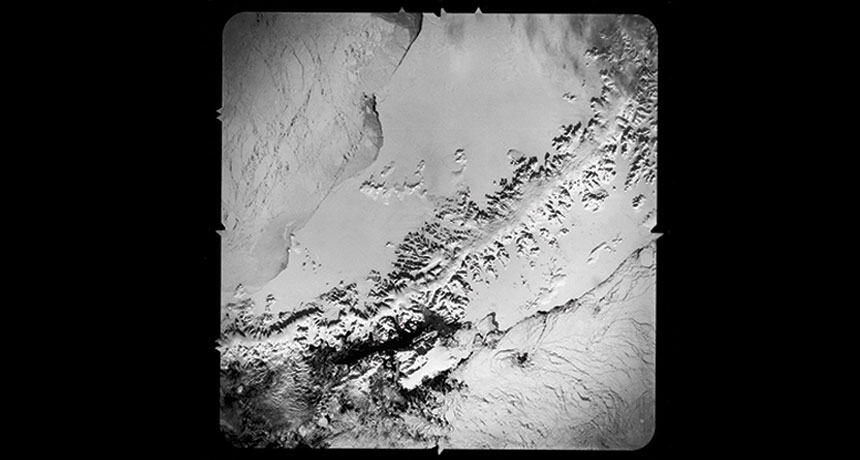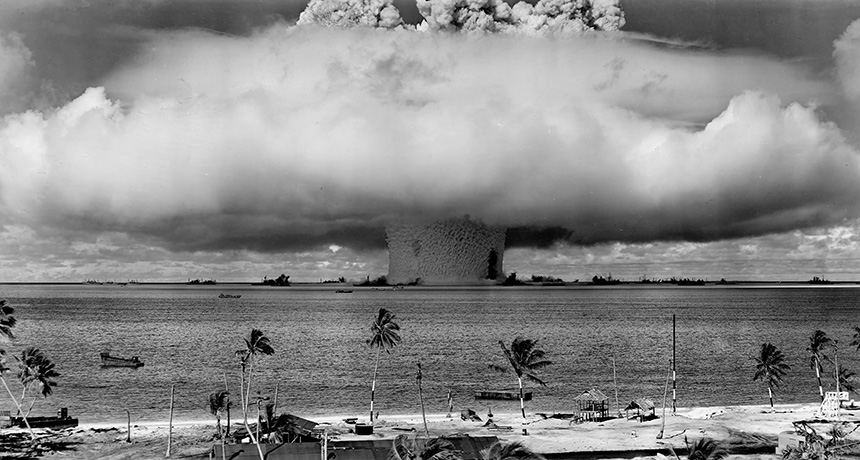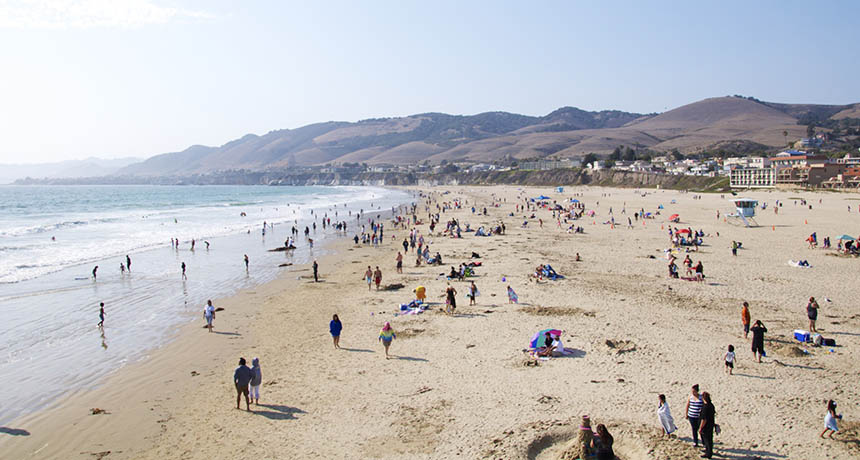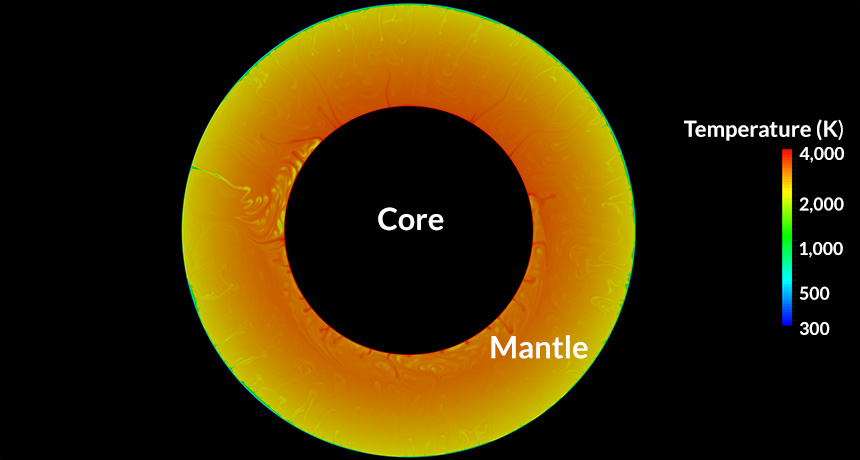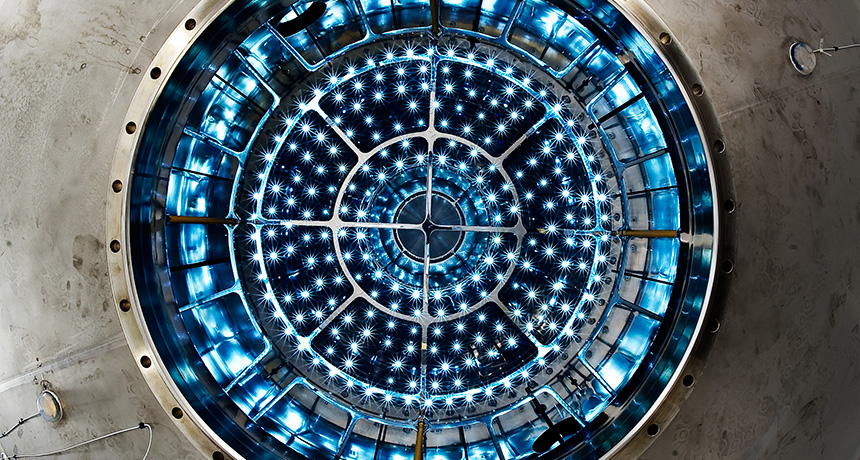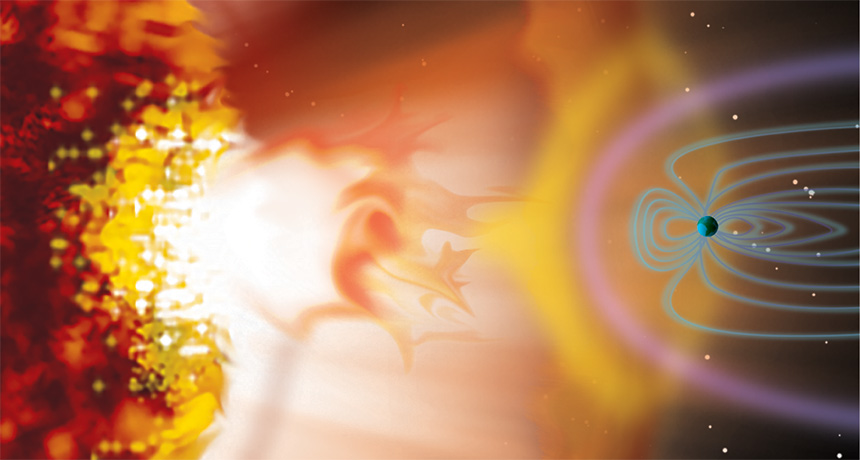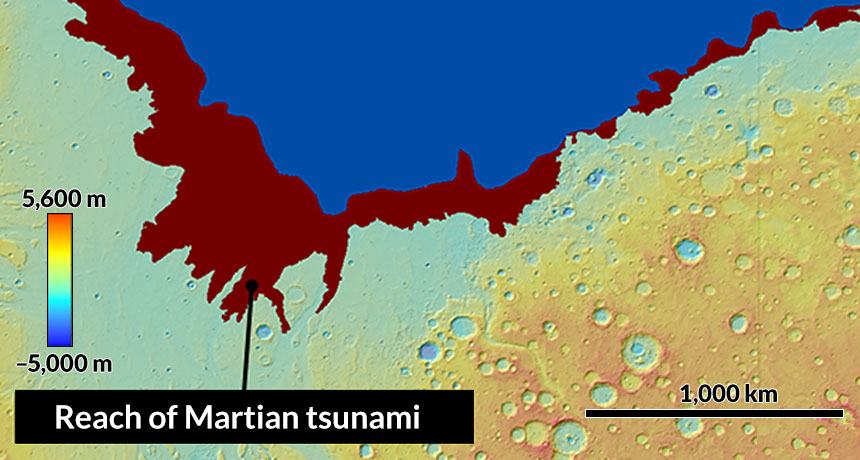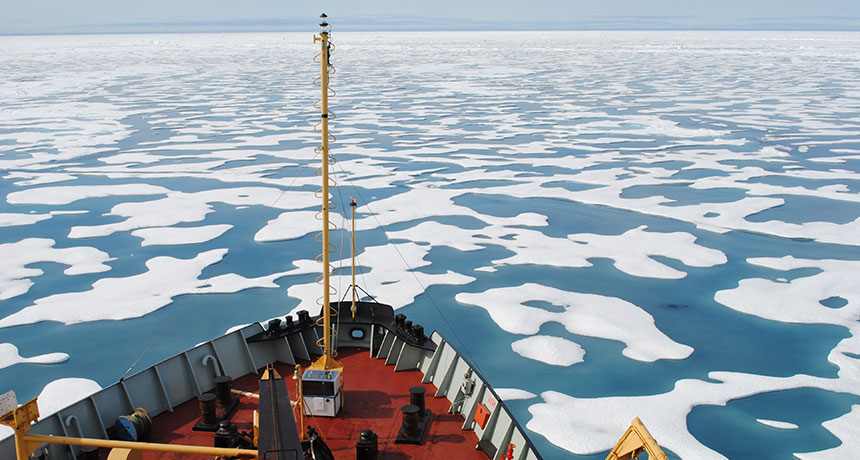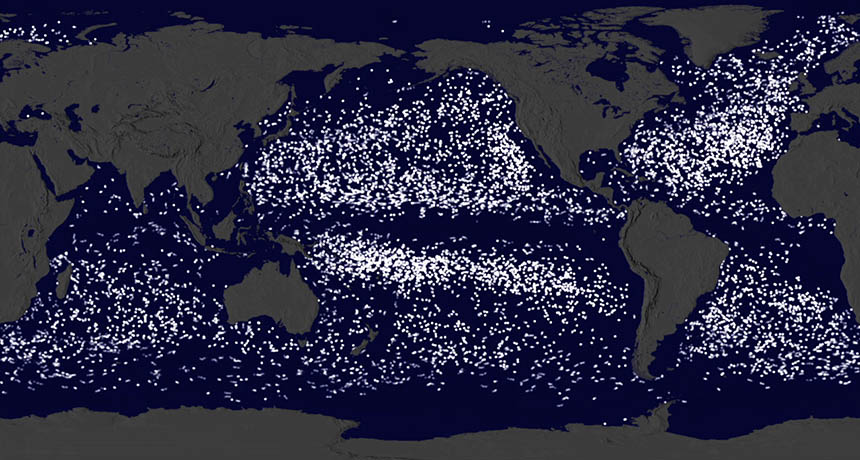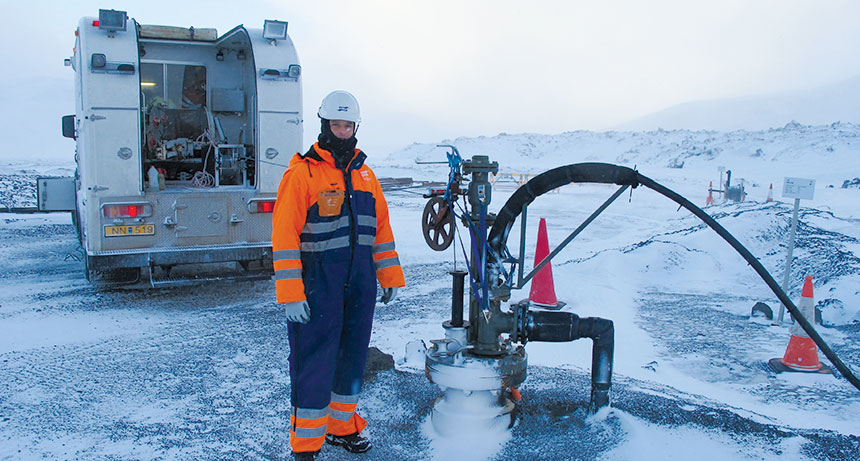
Volcanic rocks help turn carbon emissions to stone — and fast
Science News, June 2016A new technique turns climate-warming carbon emissions to stone. In a test program in Iceland, more than 95 percent of the carbon dioxide injected into basaltic lava rocks mineralized into solid rock within two years. This surprisingly fast transformation quarantined the CO2 from the atmosphere and could ultimately help offset society’s greenhouse gas emissions, scientists report in the June 10 Science.
Adapted for Science News for Students.
